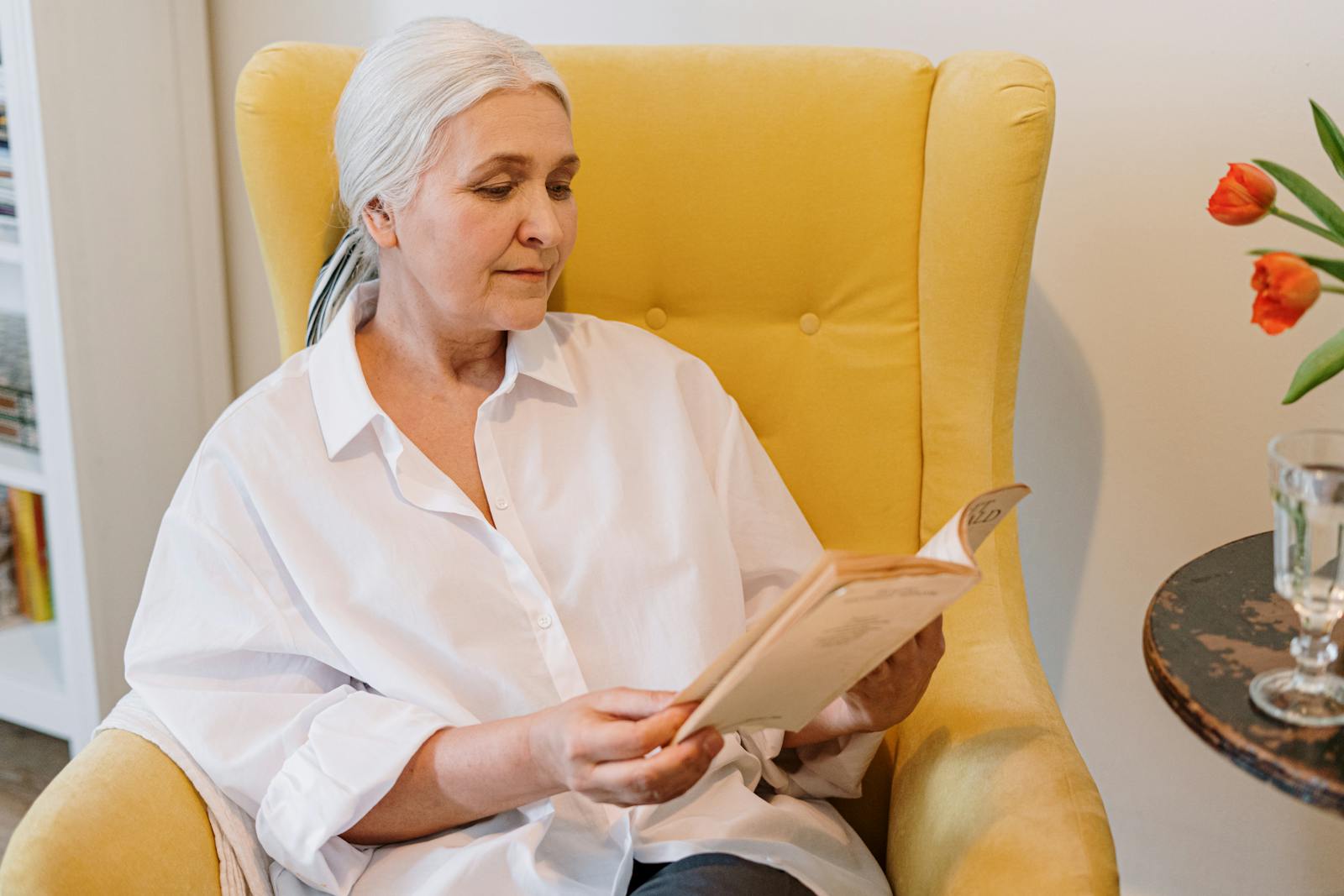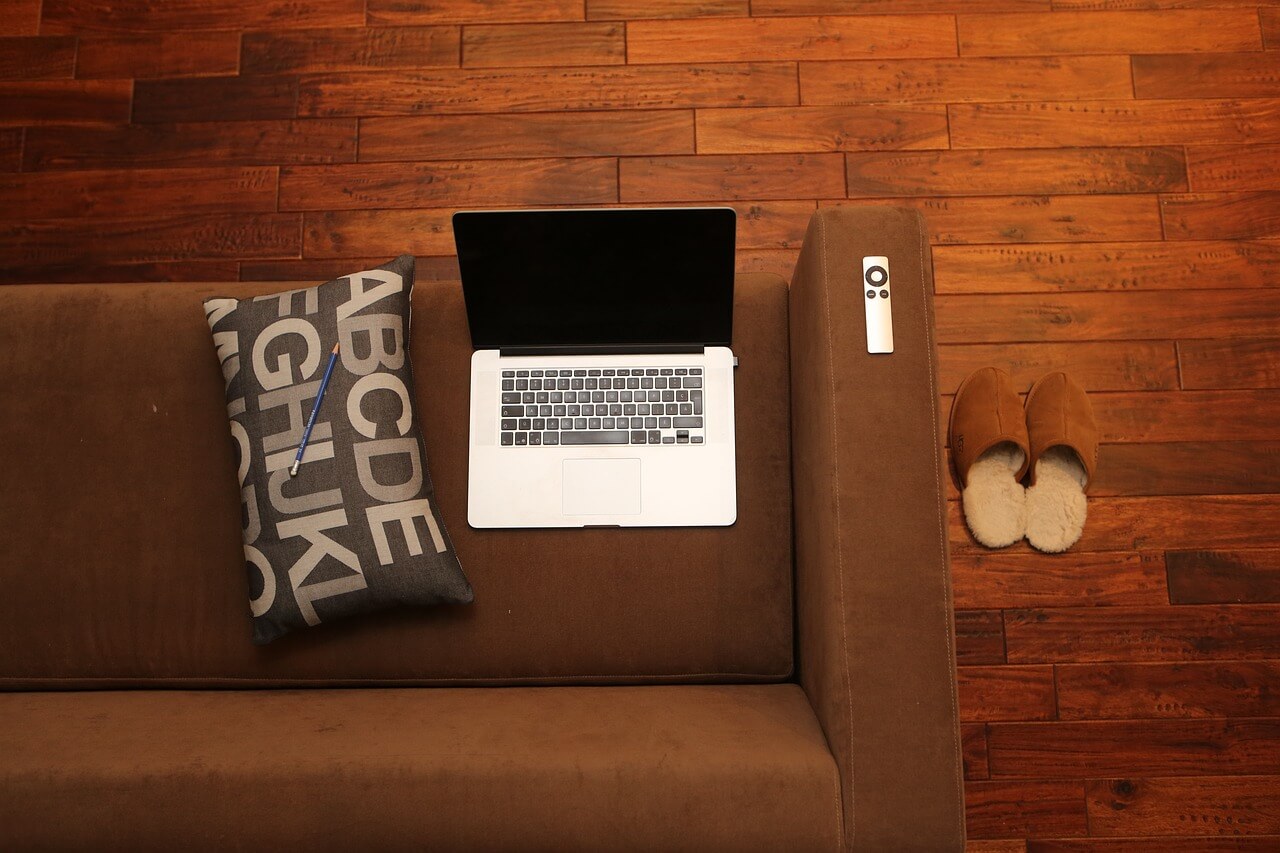
What Is Slow Living?
Have you ever felt like your days are racing by? Like you’re running from one task to another and you don’t even get time to breathe? Grown-ups talk a lot about something called “stress.” It’s a heavy, icky feeling that happens when we have too much to do and our minds can’t relax. But guess what? There’s a cool way to punch stress in the nose. It’s called “slow living.”
Slow living is pretty much what it sounds like. It means taking your time to do things and not hurrying all the time. It’s like when you’re walking your dog, and instead of pulling your dog along, you just stroll and look at the flowers and clouds. You’re not slow like a snail, nope! You’re just not rushing like The Flash.
Why Slow Down?
When we slow down, our bodies and minds get a break. Think of your mind like a busy beehive. If the bees flew slower, they would still make honey, but they’d be way less buzzy and crazy. Your mind can be the same way. Slowing down helps you feel happier, think clearer, and enjoy what you’re doing right now. Plus, it scares away that nasty stress.
Start Your Day Calm
How you start your morning can decide how your whole day feels. Instead of jumping out of bed and rushing to get ready, try to wake up a little earlier. Use this time to do something you like. Read a few pages from a book, draw a picture, or just sit and think about all the fun stuff you’ll do later. A smooth start can lead to a smoother day.
Turn Off the Tech
We all love our gadgets like phones and tablets. But, like too much ice cream, too much screen time can give you a headache. Make time when you turn off all your tech. Play with your toys, help in the garden, or just goof around outside. Nature is awesome for making us feel calm.
Eat Without Rush
Have you ever eaten your food super fast and then couldn’t remember what it tasted like? Slow down when you eat. Chew your food well and think about how it tastes. Is it sweet? Salty? Crunchy? Eating slow helps your tummy too. It needs time to tell you, “Hey, I’m full now, stop eating!”
One Thing at a Time
Doing a million things at once might seem like a superhero talent, but it can tangle your brain up like a bowl of spaghetti. Try doing just one thing at a time. If you’re doing homework, just do that. If you’re building a Lego castle, just build. You’ll do a better job and enjoy it more when you’re not juggling things.
Listen and Laugh
When you’re with your friends or family, really listen to them. Don’t think about what you want to say next or what’s on TV later. And remember to laugh often. Laughing is like a super-vitamin for a happy mind. Share jokes, make funny faces, or tell a silly story. It feels great, right?
Create Don’t Consume
It’s fun to watch shows and play games, but making something is even cooler. You could create a comic book, bake cookies, or build a fort. Creating stuff lets you show the world your amazing ideas and makes your brain do a happy dance.
Enjoy Doing Nothing
Sometimes, doing absolutely nothing is the best thing to do. Sit down, look around, let your mind wander. It’s not lazy; it’s healthy. When you give yourself time to do nothing, you give your mind a little vacation.
Be Grateful for Little Things
It’s easy to forget all the tiny happy things in life when we’re busy. Slow down and think about them. Maybe you’re grateful for your cozy bed, a smile from a friend, or a really good sandwich. When you notice these small joys, the big stress monster gets smaller.
So, next time you feel that stress bug trying to bite, remember the art of slow living. Take a deep breath, slow down your steps, and watch the stress melt away like ice cream on a hot day.
Remember, you don’t need to race through life. Slow down, enjoy the good moments, and you’ll see the world in a whole new and happier way.
What is slow living all about?
Slow living is a lifestyle choice that focuses on doing things at a more relaxed pace. It’s about taking the time to enjoy life’s simple pleasures and valuing quality over quantity. It’s not about being lazy; it’s about being mindful of how we spend our time and energy.
People who embrace slow living often find themselves less stressed. They take pleasure in moments rather than rushing through them. Slow living encourages us to breathe, notice our surroundings, and appreciate the present.
How can I start practicing slow living?
Beginning a slow living lifestyle starts with small changes. Try to identify areas of your life that feel rushed and look for ways to simplify them. Maybe it’s decluttering your space or cutting down on commitments that don’t bring you joy.
Another tip is to create rituals that slow you down, like savoring your morning coffee without looking at your phone. Prioritize activities that relax you, and remember it’s okay to say no to things that overcomplicate your life.
Can slow living help reduce stress levels?
Definitely! Slow living aligns with taking things easy and not overburdening yourself with too many tasks. It encourages you to set a gentler pace for your daily activities, giving you time to unwind and reducing feelings of being overwhelmed.
By focusing on the present and enjoying experiences more deeply, you can reduce stress hormones in the body. This can lead to better sleep, improved mood, and an overall sense of well-being.
Is it possible to maintain slow living in a busy city?
Yes, you can practice slow living anywhere, even in the hustle and bustle of a city. It’s all about creating your own pockets of calm. Find quiet spots like parks or cozy cafes where you can take breaks from the city’s fast pace.
You can also set boundaries with your time and choose walking or cycling over faster transportation occasionally. It might take some creativity, but you can certainly embrace slow living amidst the city speed.
What are some slow living activities I can incorporate into my routine?
Slow living activities are those that help you take a step back and appreciate the now. Try activities like gardening, reading, cooking from scratch, or practicing yoga and meditation. These pursuits naturally encourage a slower pace and mindfulness.
You could also consider long walks, crafting, or simply sitting quietly to listen to music. The key is to choose activities that help you relax and connect with yourself or your surroundings, rather than rush through them.
Key Takeaways
- Slow Living is a lifestyle choice that emphasizes a slower, more mindful approach to daily activities to reduce stress and improve overall well-being.
- By prioritizing quality over quantity, Slow Living encourages you to take your time and savor each moment, fostering deeper enjoyment and appreciation for life.
- Implementing Slow Living can start with small changes, such as setting aside time each day for relaxation, practicing mindfulness or meditation, and disconnecting from digital devices to reconnect with oneself.
- Incorporating Slow Living into meal times means choosing whole, unprocessed foods, cooking from scratch, and turning meals into a deliberate, communal affair, away from the distractions of TV or smartphones.
- To embrace Slow Living, consider decluttering your living space and work environment to create a calming atmosphere that supports focus and relaxation.
- It’s also key to set clear boundaries for work and personal time, ensuring that you don’t overextend yourself and thereby preserve time for rest and hobbies that bring you joy.
- Slow Living isn’t about doing everything at a snail’s pace; it’s about finding the right rhythm for you, recognizing when to speed up and when to slow down, in line with your personal and professional demands.
- Adopting a Slow Living mindset may require saying no to certain commitments and opportunities, which can be empowering as it allows you to stay true to your priorities and avoid unnecessary stress.
- Sharing the principles of Slow Living with friends and family can lead to more fulfilling and meaningful relationships, as you engage deeply without the usual rush and distractions.
- Remember, Slow Living doesn’t happen overnight. Patiently integrating these practices into your daily routine will gradually transform your approach to life and stress management.
Final Thoughts
Taking it slow isn’t just about kicking back. It’s a full-on rebellion against today’s fast-paced world. Remember, slowing down gives your mind and body a well-deserved break and helps cut down on stress like there’s no tomorrow. Simple tricks, like savoring your meals and ditching the multitasking, can work wonders.
Prioritizing what really matters to you is the heart of slow living. Say goodbye to saying ‘yes’ to everything and ‘hello’ to quality time with your peeps and passions. Doing less doesn’t mean you’re lazy—it means you’re living smarter. Trust me, when you simplify your days, you’ll feel the difference big time.
And hey, don’t let go of those little slow moments. Whether it’s chilling with a cup of coffee or taking a leisurely stroll, these bits of calm are gold for your soul. Make ’em a habit, and watch stress take a backseat as you cruise through life in the slow lane.






